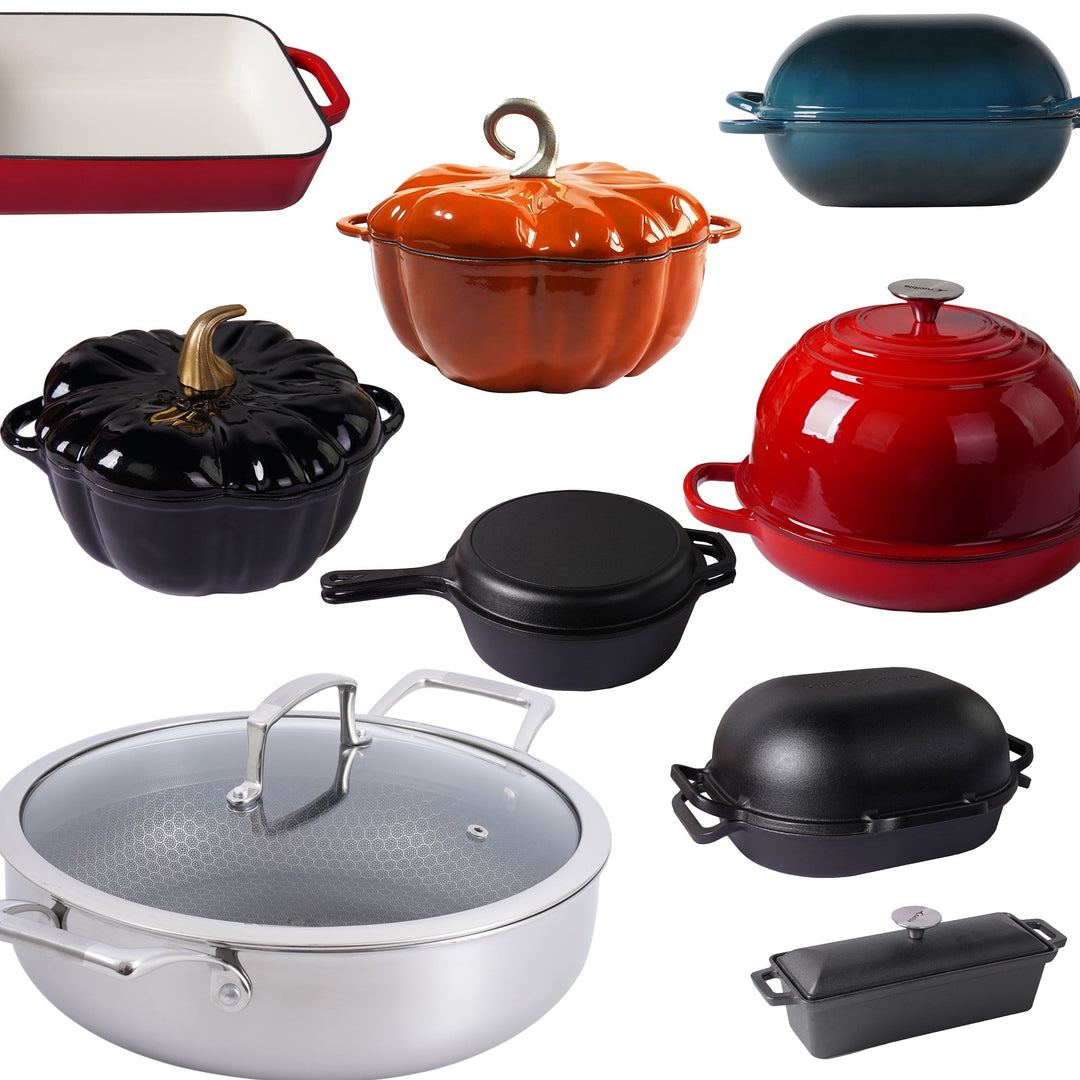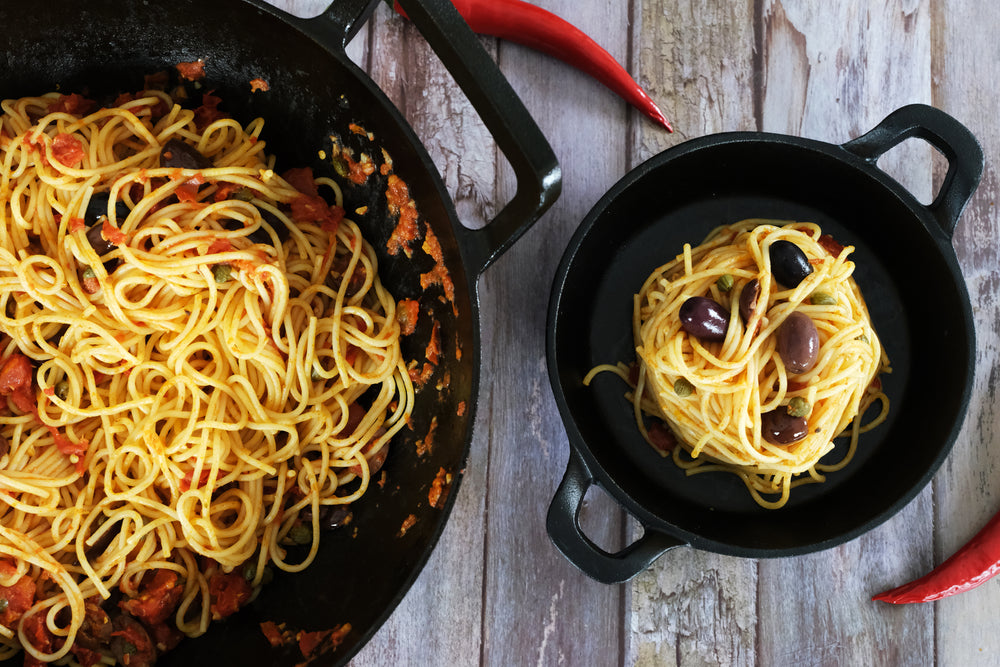A Arte do Crescimento no Forno: Alcançar o Pão Artesanal Perfeito

O oven spring é uma das características mais desejadas na panificação artesanal. Este momento mágico ocorre quando a massa sobe dramaticamente durante os primeiros minutos de cozedura, resultando num pão lindamente expandido com uma migalha arejada e uma crosta crocante e dourada. Compreender o oven spring, porque é desejável e como o conseguir pode elevar as suas habilidades na arte de fazer pão a novos patamares.
O que é o Oven Spring?
O oven spring refere-se à rápida subida da massa do pão quando é colocada pela primeira vez num forno quente. Durante esta fase inicial de cozedura, o calor faz com que os gases presos na massa se expandam, e a atividade da levedura acelera antes de eventualmente morrer devido ao calor. A combinação destes fatores faz com que a massa suba rapidamente, resultando num pão leve e arejado com uma estrutura de migalha aberta. Este processo dura tipicamente os primeiros 10-15 minutos de cozedura.
Porque é que o Oven Spring é tão desejado?
O oven spring é muito valorizado entre os padeiros por várias razões:
-
Estética: Um bom desenvolvimento do oven spring confere ao pão a sua forma característica em cúpula e marcas pronunciadas de orelha ou corte. Este apelo visual é uma marca do pão artesanal.
-
Textura: A rápida expansão cria uma migalha aberta e arejada, que é um sinal de massa bem fermentada. Esta textura é ideal para reter pastas, óleos e outros toppings.
-
Crosta: Um bom "oven spring" ajuda a formar uma crosta crocante e bem dourada, acrescentando ao sabor geral e à experiência de comer o pão.
Como Conseguir o "Oven Spring" Perfeito
Conseguir o "oven spring" perfeito envolve uma combinação de manuseamento adequado da massa, fermentação e técnicas de cozedura. Aqui estão alguns fatores chave a considerar:
-
Fermentação Adequada da Massa:
- Hidratação: Níveis mais elevados de hidratação podem promover um melhor "oven spring" ao criar uma massa mais extensível. Apontar para um nível de hidratação de 70-80% para a maioria dos pães artesanais.
- Amasar e Dobrar: Desenvolva a rede de glúten através do amassar ou dobrar. Isto ajuda a massa a reter gases e a manter a forma durante a fermentação.
- Fermentação em Massa: Dê tempo suficiente para a fase de fermentação em massa. Isto permite que o fermento produza dióxido de carbono suficiente, o que contribui para o "oven spring".
-
Modelagem e Incisão:
- Modelagem Apertada: Modele a massa de forma apertada para criar tensão na superfície. Isto ajuda a massa a manter a forma e direciona a expansão para cima durante a cozedura.
- Incisão: Faça incisões na massa com uma lâmina afiada (lame) pouco antes de cozer. Uma incisão adequada permite que a massa se expanda de forma controlada e cria aquelas belas formações de "orelhas".
-
Pré-aquecimento e Vapor:
- Pré-aqueça o Forno: Certifique-se de que o forno está totalmente pré-aquecido à temperatura de cozedura necessária (tipicamente 230-260°C ou 450-500°F). Um forno quente fornece o impulso inicial de calor necessário para um bom "oven spring".
- Use Vapor: Introduza vapor no forno durante os primeiros minutos de cozedura. O vapor mantém a crosta macia, permitindo que a massa se expanda completamente antes de solidificar. Pode conseguir isto colocando um tabuleiro com água no forno ou usando um pulverizador para borrifar as paredes do forno.
-
Utensílios de Cozinha:
- Dutch Oven: Cozer num Dutch oven pré-aquecido pode criar um ambiente ideal para o "oven spring". O espaço fechado retém o vapor, imitando um forno profissional de pão.
- Pedra ou Aço de Cozedura: Usar uma pedra ou aço de cozedura ajuda a manter o calor alto e consistente, promovendo uma melhor fermentação no forno. Coloque a pedra ou aço no forno durante o pré-aquecimento.
- Tabuleiro de Cozedura com Vapor: Se não tiver um Dutch oven, pode cozer num tabuleiro e criar vapor colocando um tabuleiro com água ou cubos de gelo no fundo do forno.

Ao dominar estas técnicas, pode conseguir um impressionante "oven spring" e cozer pão artesanal com uma textura e aparência deliciosas. Experimente diferentes níveis de hidratação, tempos de fermentação e métodos de cozedura para encontrar o que funciona melhor para si.
















Deixe um comentário